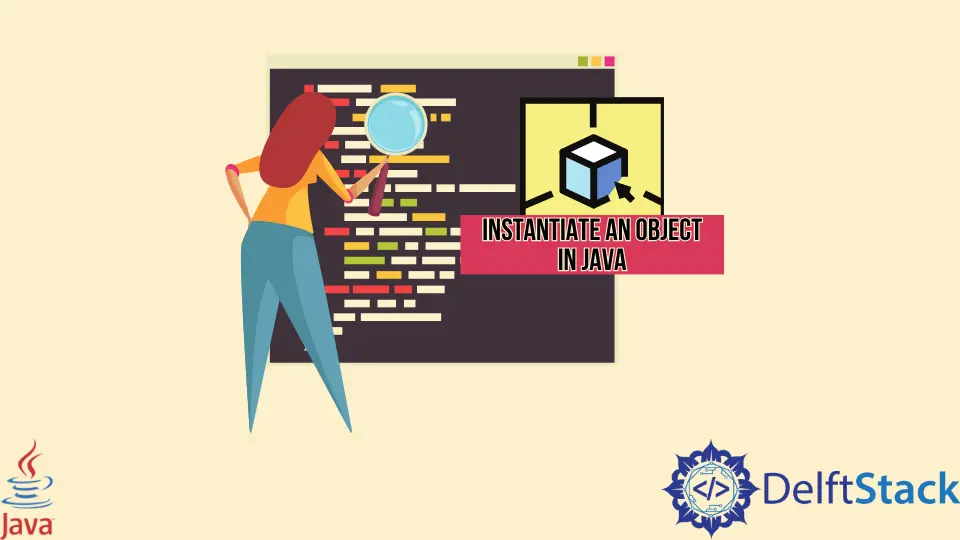在 Java 中例項化一個物件
Hiten Kanwar
2023年10月12日

在 Java 中,物件被稱為類的例項。例如,讓我們假設一個名為 car 的類,那麼 SportsCar、SedanCar、StationWagon 等都可以被認為是這個類的物件。
在本教程中,我們將討論如何在 Java 中例項化物件。
使用 new 關鍵字,我們可以在 Java 中建立類的例項。請記住,我們不會在 Java 中例項化方法,因為物件是類的例項而不是方法。方法只是類擁有的一種行為。
通過建立一個類的物件,我們可以通過另一個類訪問它的公共方法。就像下面的程式碼一樣,我們在第一個類中建立第二個類的例項,然後在第一個類中使用第二個類的方法。
// creating a class named first
public class First {
public static void main(String[] args) {
Second myTest = new Second(1, 2); // instantiating an object of class second
int sum = myTest.sum(); // using the method sum from class second
System.out.println(sum);
}
}
// creating a class named second
class Second {
int a;
int b;
Second(int a, int b) {
this.a = a;
this.b = b;
}
public int sum() {
return a + b;
}
}
輸出:
3
如果我們希望從同一個類的另一個方法中訪問一個類的方法,如果該方法被宣告為 static,則沒有必要例項化一個物件。
例如,
public class Testing {
private static int sample(int a, int b) {
return a + b;
}
public static void main(String[] args) {
int c = sample(1, 2); // method called
System.out.println(c);
}
}
輸出:
3
在上面的示例中,我們可以呼叫方法 sample(),因為這兩個方法屬於同一類,並且 sample() 被宣告為 static,因此不需要物件。
但是如果兩個方法屬於同一個類,我們仍然可以執行物件例項化,如下所示。如果該方法未宣告為 static,則完成。
請參考下面的程式碼。
public class Testing {
private int Sample() {
int a = 1;
int b = 2;
int c = a + b;
return c;
}
public static void main(String[] args) {
Testing myTest = new Testing();
int result = myTest.Sample();
System.out.println(result);
}
}
輸出:
3